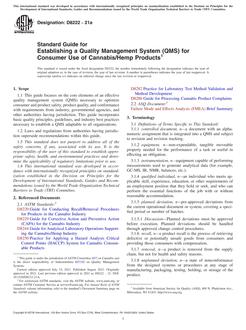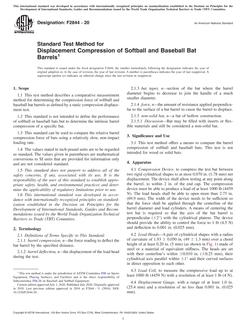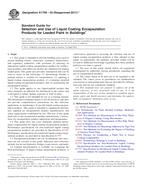1.1 Waste management decisions generally involve uncertainty because of the fact that decisions are based on the use of sample data. When uncertainty can be reduced or controlled, a better decision can be achieved. One way to reduce or control uncertainty is through the estimation and control of the components contributing to the overall uncertainty (or variance). Control of the sizes of these variance components is an optimization process. The optimizations results can be used to either improve an existing sampling and analysis plan (if it should be found to be inadequate for decision-making purposes) or to optimize a new plan by directing resources to where the overall variance can be reduced the most.
1.2 Estimation of the variance components from the total variance starts with the sampling and measurement process. The process involves two different kinds of uncertainties: random and systematic. The former is associated with imprecision of the data, while the latter is associated with bias of the data. This guide will discuss only sources of uncertainty of a random nature.
1.3 There may be many sources of uncertainty in waste management decisions. However, this guide does not intend to address the issue of how these sources are identified. It is the responsibility of the stakeholders and their technical staff to analyze the sampling and measurement processes in order to identify the potentially significant sources of uncertainty. After identifying these sources, this guide will provide guidance on how to collect and analyze data to obtain an estimate of the total uncertainty and its components.
Product Details
- Published:
- 02/01/2007
- Number of Pages:
- 5
- File Size:
- 1 file , 86 KB


